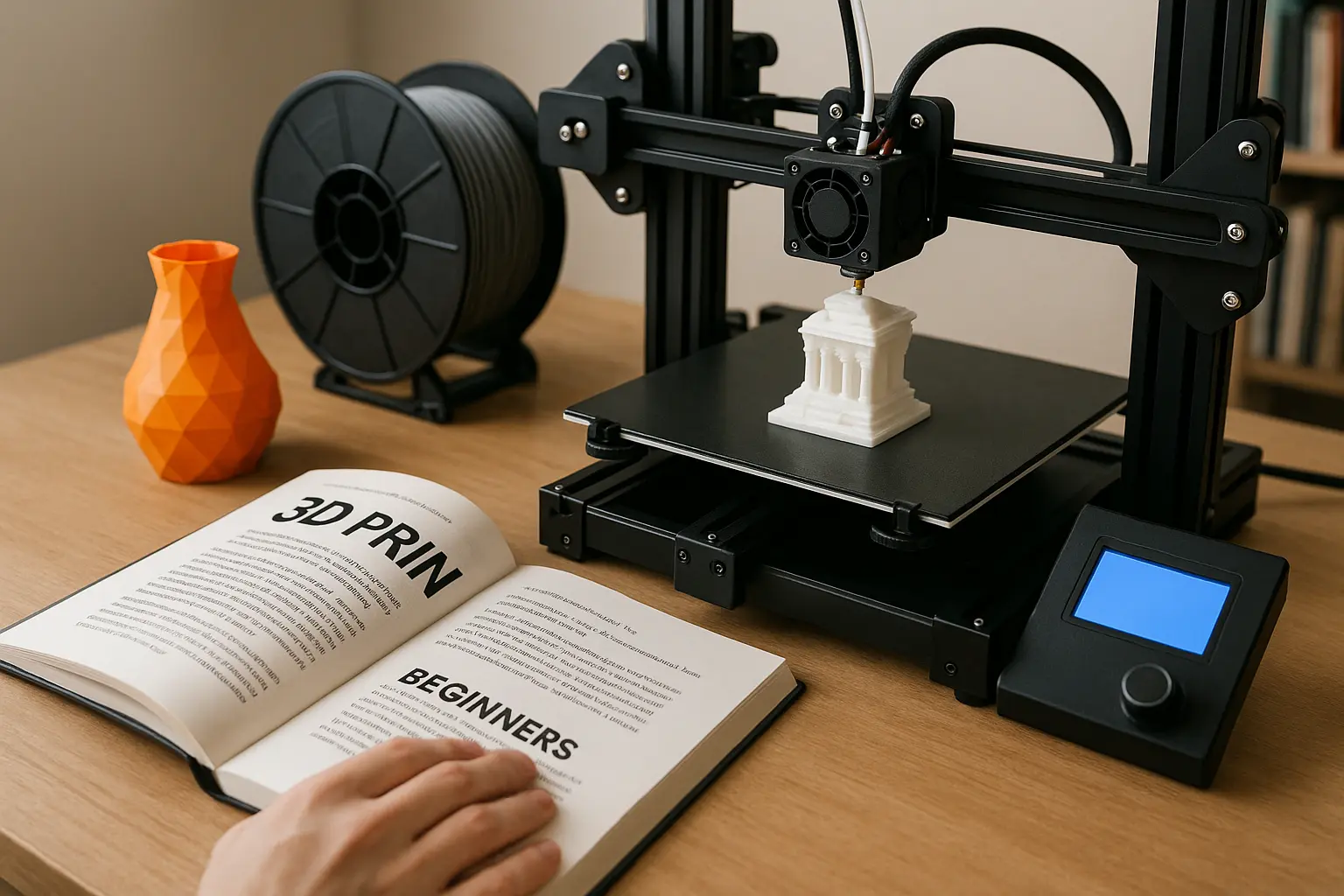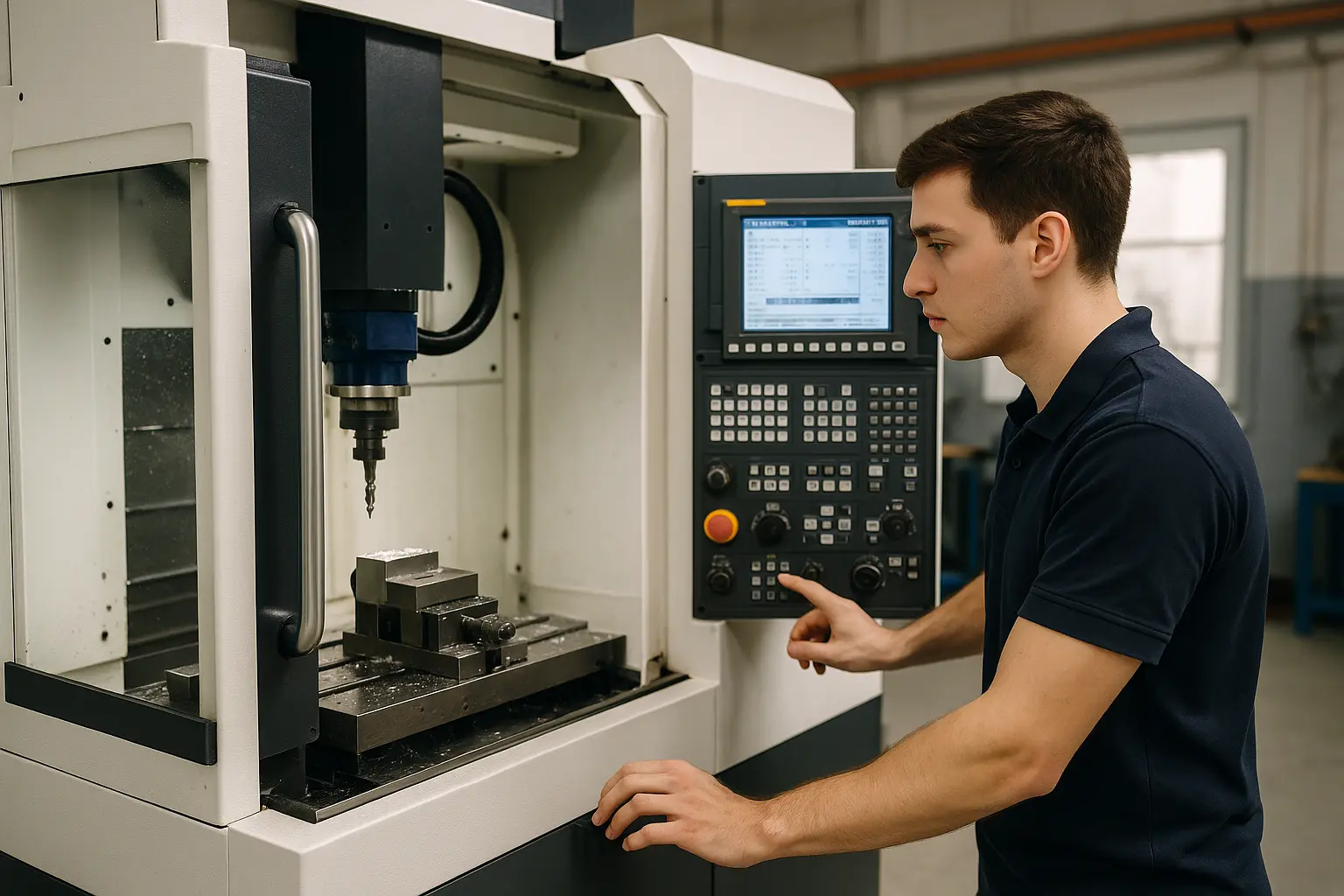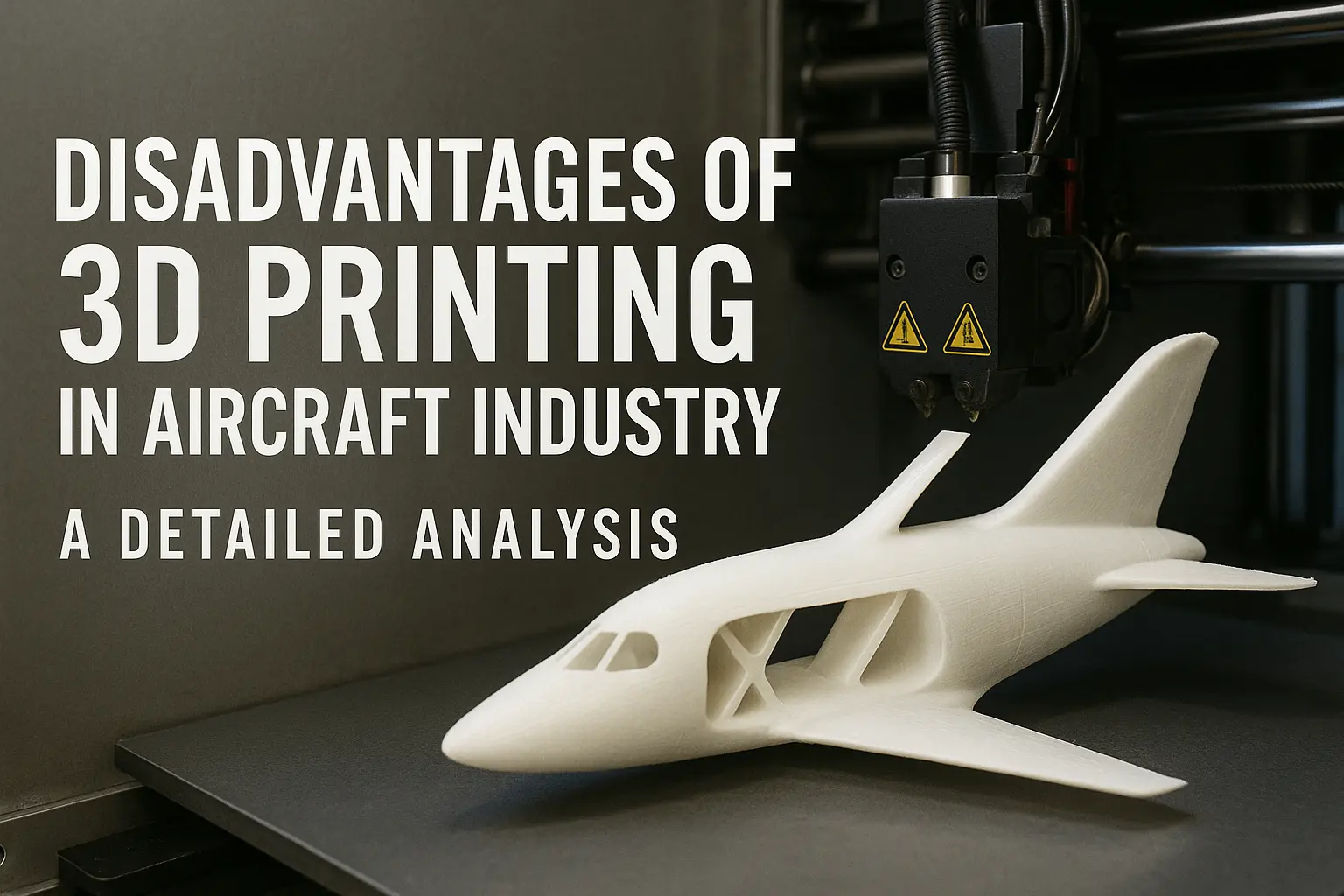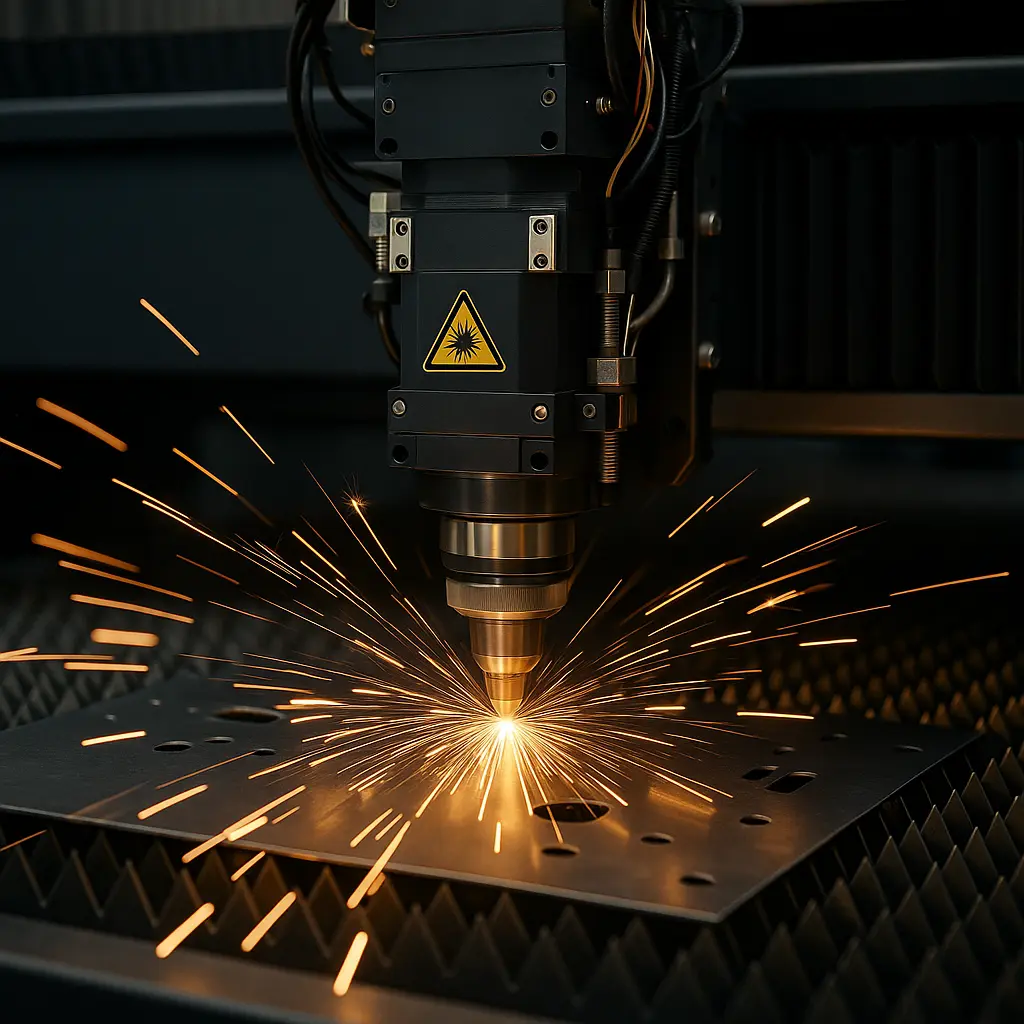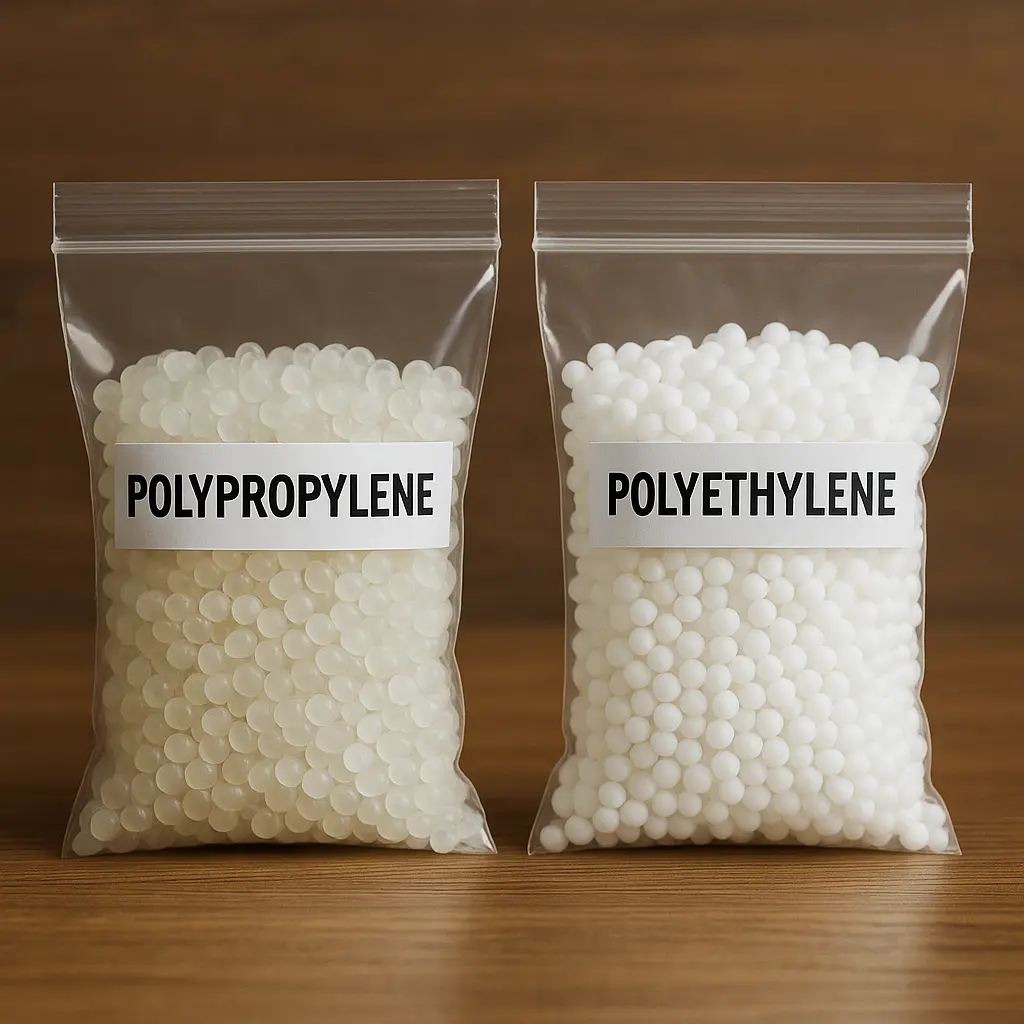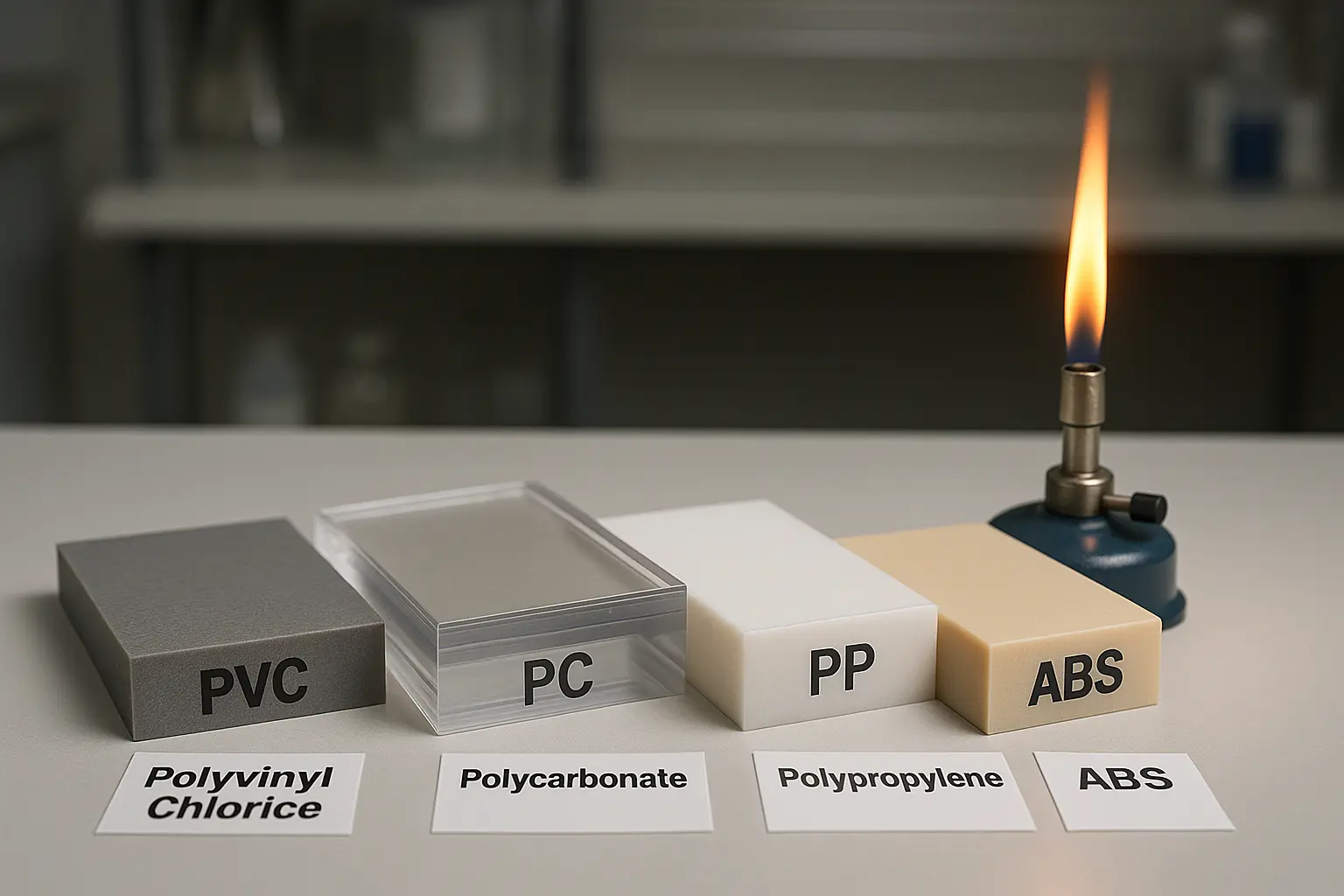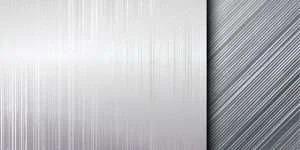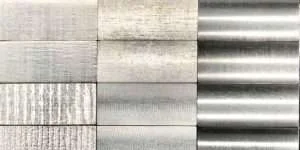To execute this task, a specialized tool known as what is Deburring equipment comes into play. In this article, we’ll explore how deburring contributes to achieving smooth, safe, and polished metal parts ready for their intended use.
What is a Burr and Why Does it Occur?

A burr is essentially an unwanted, raised edge or small piece of excess material that forms on the surface of a workpiece during various machining operations like cutting, drilling, or milling. It’s the rough, often sharp, residue left behind after these processes.
The occurrence of burrs is a natural byproduct of metalworking. When a cutting tool moves through a material, especially metals, it displaces small amounts of material, leading to the formation of these protruding edges. However, the presence of burrs can have several undesirable consequences, such as compromising the smoothness of the finished surface, impacting dimensional accuracy, and posing safety hazards.
What is Deburring?
In the metalwork industry, deburring is a crucial process aimed at refining machined metal products by eliminating small imperfections known as burrs. These burrs are undesired ridges or protrusions of excess material that may result from various machining processes such as stamping or milling.
In addition, these burrs, if left unaddressed, can compromise the overall quality of the final metal part. Therefore, what is deburring steps after machining or welding to meticulously remove these imperfections, ensuring a smooth and reliable finished metal product.

Benefits of the Deburring Process
Deburring metal offers a spectrum of advantages, enhancing the overall quality and safety across various industrial applications. Here, we explore key benefits in the What is Deburring process.
Achieving a Smooth Surface Finish
One of the primary benefits of the CNC machining process is its ability to deliver a smooth surface finish to machined metal products, by removing those unwanted protrusions or ridges that can arise during various machining operations. What is Deburring process ensures that the final surface is free from rough spots, contributing to an aesthetically pleasing and high-quality appearance.
Ensuring Dimensional Accuracy
Beyond aesthetics, the what is Deburring process plays an important role in ensuring dimensional accuracy in machined metal parts. Burrs can distort the intended dimensions of a workpiece, impacting its functionality and fit.
Through the removal of burrs, deburring contributes to the precision and accuracy of the final product, meeting specified tolerances and enhancing the overall performance of the metal component.
Enhancing Safety and Functionality
Safety is paramount in any application involving machined metal products. Burrs left untreated can pose safety hazards, causing cuts, abrasions, or interference issues. What is Deburring process eliminates these risks by eliminating sharp edges and protrusions, thereby enhancing the safety of the finished product.
Additionally, by removing burrs, functionality is improved, preventing potential issues that could arise from irregularities in the metal surface.
Extended Product Lifespan
Deburring goes beyond aesthetics; it enhances the longevity of products by making them less susceptible to wear and tear. By eliminating burrs, machines, and tools are safeguarded against damage, allowing for a longer lifespan.

Different Types of Burrs
In machining processes, various types of burrs can emerge during cutting, drilling, or milling operations, impacting the quality and safety of metal parts. Let’s check the identification of distinct burr varieties.
1. Mechanical Burrs
Mechanical burrs result from cutting or drilling machine parts, creating rough edges that can compromise performance and safety. These undesirable burrs can significantly affect the lifespan of the part and the overall quality of assembly. Utilizing a specialized What is Deburring tool with high-speed rotation is a useful method to remove these undesirable burrs.
2. Thermal Burrs
While mechanical burrs are common in metal parts, thermal burrs in plastic components during molding or casting processes are caused by excess materials that result from these manufacturing methods. These excess materials can negatively impact the final product’s quality, affecting factors such as surface finish and dimensional accuracy. Therefore, the presence of thermal burrs can compromise the overall functionality and aesthetics of plastic components.
3. Poisson Burrs
Poisson burrs are raised edges on metal surfaces following machining operations like drilling or milling. These burrs are caused by the metal displacement during these processes. Skilled workers use What is Deburring tools with precision to remove these excess metal protrusions. The presence of Poisson burrs can pose risks, including the potential for cuts from sharp edges and difficulties in fitting machinery parts.
4. Internal Burrs
Internal burrs form within holes after drilling and reaming operations. These concealed burrs are caused by the metal displacement during drilling and reaming. These concealed burrs can adversely affect the overall quality of the drilled and reamed holes and cause potential issues in the fitting of components.
5. External Burrs
External burrs protrude from edges due to cutting operations, resulting from material displacement during cutting processes. These protruding burrs can significantly impact the material’s integrity, leading to potential issues in machinery performance and increased wear and tear.
6. Residual Burrs
Residual burrs may appear after machining processes, posing potential risks to machinery and operators. These lingering burrs pose potential risks to both machinery and operators, affecting safety and overall functionality.
4 Deburring Methods You Should Know
Deburring, a critical step in the machining process, employs various techniques to remove unwanted burrs resulting from cutting, drilling, or milling operations. The choice of deburring method depends on factors such as the metal types, applications, and desired surface quality. Here, we explore the top four popular methods for effective CNC milling services and What is Deburring.

Mechanical Deburring
Referred to as automated deburring, the mechanical deburring process utilizes sheet cutting, grinding, milling, or brushing tools to eliminate burrs through direct contact with the workpiece. This approach is cost-effective as the what is Deburring tool can be seamlessly integrated into machining centers, eliminating the need for secondary equipment.
Additionally, mechanical deburring offers advantages in terms of speed, accuracy, and repeatability compared to manual What is Deburring methods. The use of cutting-edge tool holders with automatic compensation and float ensures consistent pressure and uniform finishing, allowing for rapid adjustments based on burr size and rigidity.

Manual Deburring
An economical and frequently employed method, manual deburring entails utilizing handheld tools to buff, sand, or scrape burrs from metal and plastic parts. This localized process targets specific areas without affecting the entire part.
While manual deburring is straightforward, it can be slow, impacting operational productivity. Methods within What is Deburring include brushing, utilizing rotating brushes to scrape off burrs, sanding with abrasive materials for varying surface finishes, and sheet metal edging, a process employing grinding wheels to smooth sheet metal edges.

Electrochemical Deburring
Electrochemical deburring utilizes electrolysis to eliminate burrs through anodic metal dissolution. The workpiece is attached to a circuit and submerged in an electrolyte, while an insulated, cathodic tool focuses the electrolysis and anodic reaction on burr-affected areas. This accurate method is effective for challenging metals but involves the use of chemical compounds, impacting their environmental friendliness.
Thermal Deburring
Thermal deburring addresses burrs in hard-to-reach areas by using heat and combustive, corrosive gases. This method creates thermal energy and shockwaves, vaporizing and scalding burrs away from the metal.
The process works well for low-conductivity materials and burrs in cracks or crevices. Cryogenic deburring, a subset of thermal What is Deburring, employs liquid nitrogen and a flashing process to cool the chamber, embrittling and removing burrs with the help of abrasives.

How to Deburr Metal Parts: Step by Step
Deburring metal is a meticulous process that demands precision and attention to detail. Here’s a step-by-step to efficiently deburr metal parts.
1. Pre-deburring Steps
Before diving into the deburring process, proper setup and calibration are crucial. Securely place the metal part in the deburring tool, double-checking the placement to avoid errors.
Too much force can damage the part, while too little may leave burrs intact. Constant attention to detail and accurate calibration guarantee a smooth and efficient What is Deburring operation.
2. Proper Tool Selection
You should take into account factors such as the material, size, and shape of the part. Robust tools are necessary for hard metals , while more delicate materials demand gentler methods. Making the right tool choice not only ensures effective deburring but also contributes to prolonging the lifespan of the part.
3. Adequate Lubrication
The use of ample oil or coolant is essential to facilitate the smooth movement of the What is Deburring tool, resulting in a more uniformly smoothed surface. Proper lubrication serves to prevent the tool from overheating and causing potential damage to the sheet metal welding.

4. Tool Path Planning
Whether deburring machine parts or pipes, smart paths help the tool catch all rough spots. CAD/CAM software can be used for accurate path planning, ensuring even contact between the tool and the workpiece.
5. Workpiece Securing
Firmly securing the workpiece during the deburring process is vital. Uneven pressure can result in unwanted burrs, affecting the precision and quality of the final product. Vices or clamps are useful tools for this step.
6. Depth Control
Too shallow a cut won’t remove burrs, and a cut too deep may damage the metal. Constant monitoring and careful execution for depth control, often using gauges, are essential in the What is Deburring process.
7. Burr Location
Easily accessible burrs can be effectively managed using manual techniques, whereas those situated within holes or corners may require more sophisticated approaches. Accurate identification of burr location minimizes potential challenges in the future.
8. Post-deburring Procedure
The deburring process extends beyond the mere removal of burrs. Following this step, a meticulous cleanup is initiated, where parts undergo a thorough wash in hot soapy water to eliminate any lingering burrs or grinding dust. Subsequent air-drying or a swift rotation in a drying machine is employed to guarantee the complete dryness of the components.

Key Considerations and Tips for Optimizing Deburring
The durring process simplifies assembly, enhances edge strength, and ensures a uniform finish. Here are key considerations and tips to optimize your What is Deburring process.
Consider Cutting Tools
Burrs, raised edges, or sharp fragments, result from various machining processes. Stabilizing the upstream process by timely replacement or re-sharpening of cutting tools reduces variations in incoming workpieces. This stabilizing measure not only improves finished product quality but also extends the lifespan of deburring machines.
Understand Materials and Components
The type of material and finished product requirements impact the deburring process. Materials like stainless steel may require longer processing times and coarser abrasives.
Choosing the right deburring tool depends on surface finish, edge requirements, and radius specifications. Different operations, from removing raised burrs to applying a radius, may need varied deburring tools, emphasizing the need for a tailored approach.
Choose the Right Machine Settings
Flexible flap brushes are recommended for sheet metal fabrication with internal contours or variable relief. Proper machine setup ensures unobstructed and perpendicular access to the entire workpiece surface. Understanding material differences influences conveyor belt speed settings, and ensuring the motor has sufficient power for What is Deburring.
Industrial Applications of Deburring
Let’s explore how deburring is applied in different industries.
Automotive Industry
In automotive manufacturing, precision is paramount, especially in gear production. Gears with numerous teeth often retain burrs post-machining. What is Deburring is useful for achieving precision, preventing potential car breakdowns, and ultimately enhancing safety.
Aerospace and Aviation
The aerospace and aviation sector demands burr-free components, particularly in critical parts like turbine blades. Even minor burrs can disrupt airflow, impacting an aircraft’s fuel efficiency and speed. Tube deburring, a process to smooth the inner and outer surfaces of tubes, is essential for flawless aircraft systems.
Other Manufacturing and Production Industries
Broad manufacturing industries rely on deburring for components such as shafts and bearings. Undesirable debris or rough edges, known as burrs, can lead to operational failures and affect the lifespan of products. What is Deburring in manufacturing promotes efficiency, contributing to longer machine life and improved output.
Conclusion
Beyond being a mere technique, deburring is a guardian of quality. As industries evolve, so does the significance of What is Deburring in ensuring precision, safety, and operational excellence.
FAQs
What tools are commonly used for deburring?
Common tools for deburring include brushes, sanders, and scrapers for manual deburring. Automated deburring often utilizes machines with grinding wheels and abrasive tools.
How does deburring contribute to safety in manufacturing?
Deburring enhances safety by eliminating sharp edges on metal components, reducing the risk of cuts and abrasions. It also ensures smooth machinery operation, preventing interference issues that could compromise safety.
Can deburring be applied to all types of materials?
Yes, deburring is versatile and applicable to various materials such as metals (aluminum, steel) and plastics.


